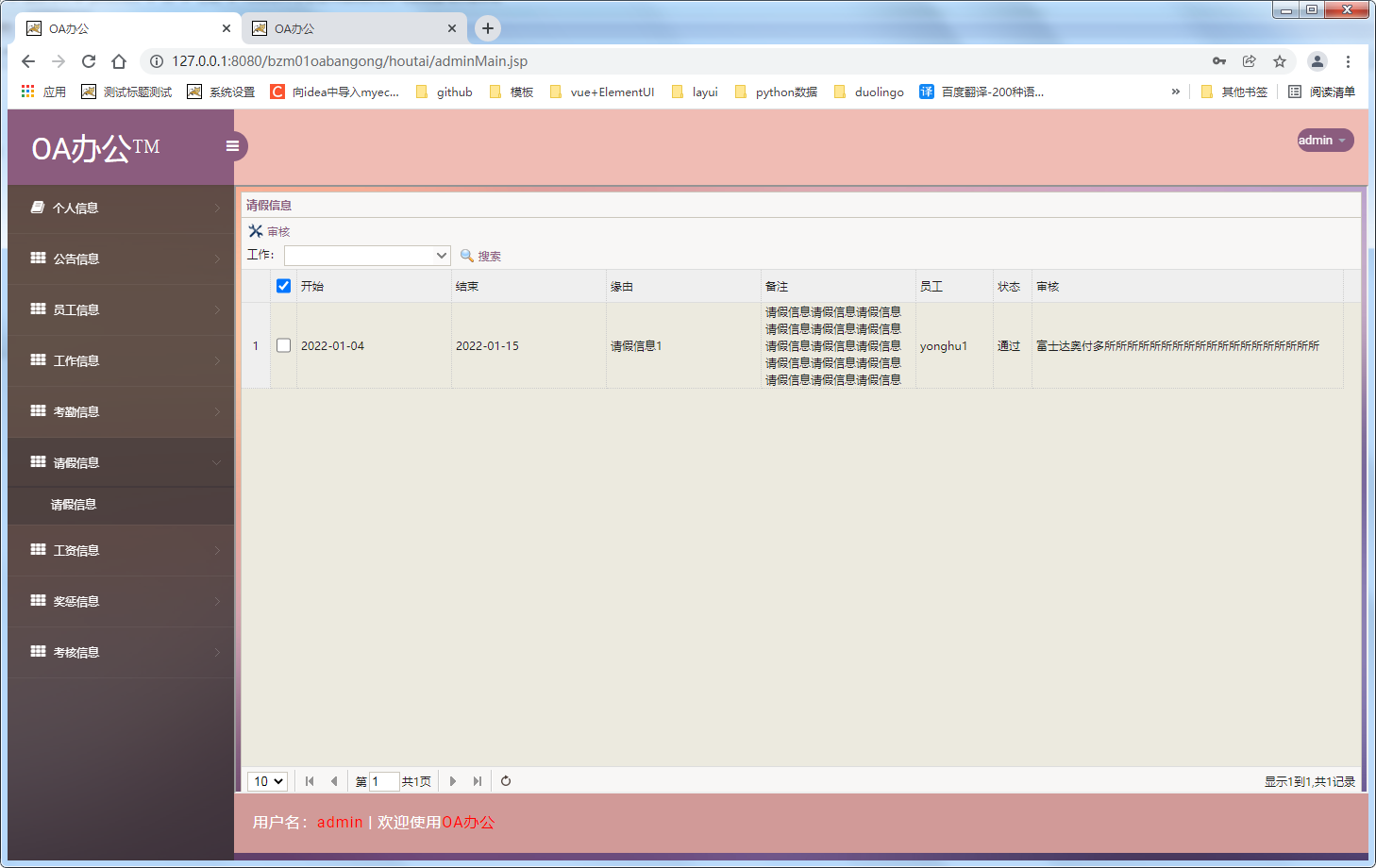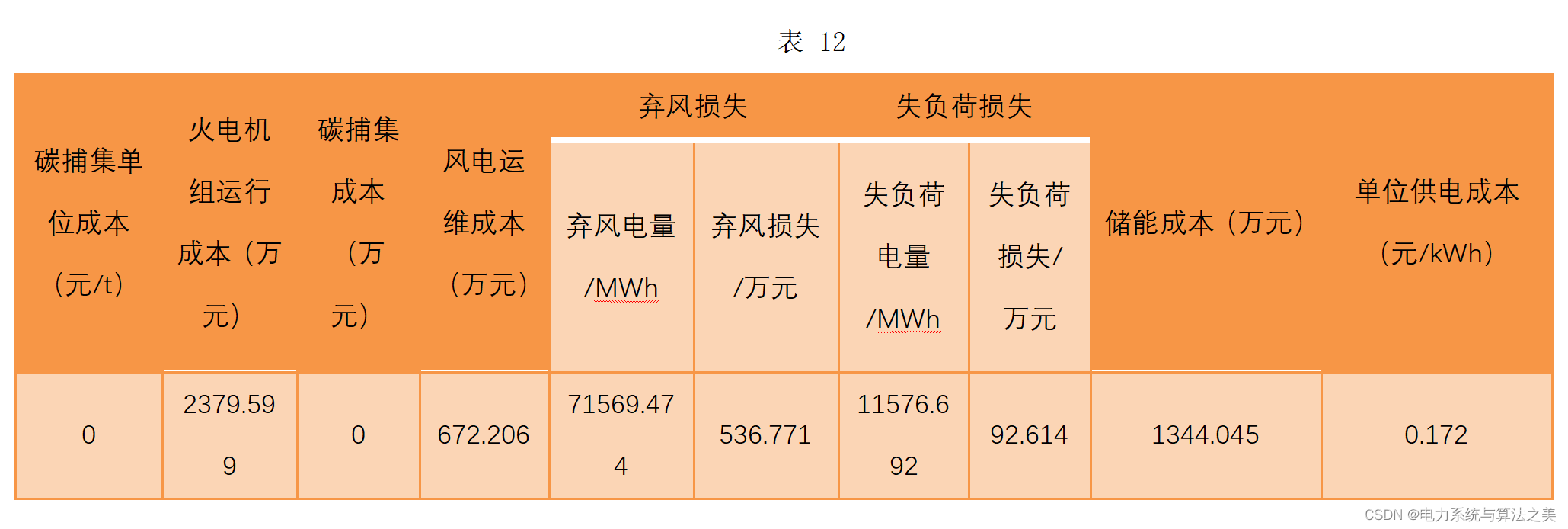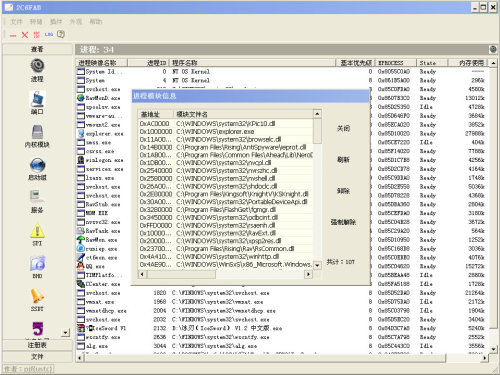更好的阅读体验
Homework 5: Trees, Linked Lists hw05.zip
Mid-Semester Feedback
Q1: Mid-Semester Feedback
As part of this week’s homework, please fill out the Mid-Semester Feedback form.
This survey is designed to help us make short term adjustments to the course so that it works better for you. We appreciate your feedback. We may not be able to make every change that you request, but we will read all the feedback and consider it.
Confidentiality: Your responses to the survey are confidential, and only the instructor (Pamela) and head TA (Vanshaj) will be able to see this data unanonymized. More specifics on confidentiality can be found on the survey itself.
Once you finish the survey, you will be presented with a passphrase (if you miss it, it should also be at the bottom of the confirmation email you receive). Put this passphrase, as a string, on the line that says passphrase = '*** PASSPHRASE HERE ***' in the Python file for this assignment.
Use Ok to test your code:
python3 ok -q midsem_survey✂️
Parsons Problems
Q2: Chain
For this question, we will define a chain as a path from the root of a tree t to any leaf such that all nodes on the path share the same label. Implement the function chain, which, given a tree t, returns True if there exists any chain in the tree, and False otherwise.
def chain(t):"""Returns whether there exists a path in t where all nodesshare the same label.>>> all_fives = Tree(5, [Tree(5), Tree(5, [Tree(5)])])>>> chain(all_fives)True>>> t1 = Tree(1, [Tree(3, [Tree(4)]), Tree(1)])>>> chain(t1)True>>> t2 = Tree(1, [Tree(3, [Tree(4)]), Tree(5)])>>> chain(t2)False""""*** YOUR CODE HERE ***"if t.is_leaf():return Truefor b in t.branches:if t.label == b.label and chain(b):return Truereturn False
Q3: Flatten Link
Write a function flatten_link that takes in a linked list lnk and returns the sequence as a Python list. If lnk has nested linked lists, flatten_link should flatten lnk.
def flatten_link(lnk):"""Takes a linked list and returns a flattened Python list with the same elements.>>> link = Link(1, Link(2, Link(3, Link(4))))>>> flatten_link(link)[1, 2, 3, 4]>>> flatten_link(Link.empty)[]>>> deep_link = Link(Link(1, Link(2, Link(3, Link(4)))), Link(Link(5), Link(6)))>>> flatten_link(deep_link)[1, 2, 3, 4, 5, 6]""""*** YOUR CODE HERE ***"if lnk is Link.empty:return []if isinstance(lnk.first, Link):return flatten_link(lnk.first) + flatten_link(lnk.rest)return [lnk.first] + flatten_link(lnk.rest)
Code Writing Questions
Q4: Has Path
Write a function has_path that takes in a Tree t and a string term. It returns True if there is a path that starts from the root where the entries along the path spell out the term, and False otherwise. You may assume that every node’s label is exactly one character.
This data structure is called a trie, and it has a lot of cool applications, such as autocomplete.
def has_path(t, term):"""Return whether there is a path in a Tree where the entries along the pathspell out a particular term.>>> greetings = Tree('h', [Tree('i'),... Tree('e', [Tree('l', [Tree('l', [Tree('o')])]),... Tree('y')])])>>> print(greetings)hielloy>>> has_path(greetings, 'h')True>>> has_path(greetings, 'i')False>>> has_path(greetings, 'hi')True>>> has_path(greetings, 'hello')True>>> has_path(greetings, 'hey')True>>> has_path(greetings, 'bye')False>>> has_path(greetings, 'hint')False"""assert len(term) > 0, 'no path for empty term.'"*** YOUR CODE HERE ***"if len(term) == 1:return str(t.label) == term[0]flag = Falseif str(t.label) == term[0]:for b in t.branches:if str(b.label) == term[1]:flag = has_path(b, term[1:])return flag
Use Ok to test your code:
python3 ok -q has_path✂️
Q5: Duplicate Link
Write a function duplicate_link that takes in a linked list lnk and a value. duplicate_link will mutate lnk such that if there is a linked list node that has a first equal to value, that node will be duplicated. Note that you should be mutating the original link list lnk; you will need to create new Links, but you should not be returning a new linked list.
Note: in order to insert a link into a linked list, you need to modify the
.restof certain links. We encourage you to draw out a doctest to visualize!
def duplicate_link(lnk, val):"""Mutates `lnk` such that if there is a linked listnode that has a first equal to value, that node willbe duplicated. Note that you should be mutating theoriginal link list.>>> x = Link(5, Link(4, Link(3)))>>> duplicate_link(x, 5)>>> xLink(5, Link(5, Link(4, Link(3))))>>> y = Link(2, Link(4, Link(6, Link(8))))>>> duplicate_link(y, 10)>>> yLink(2, Link(4, Link(6, Link(8))))""""*** YOUR CODE HERE ***"def duplicate(lnk, val):new_lnk = Link(val, lnk)return new_lnkif int(lnk.first) == val:new_lnk = duplicate(lnk.rest, val)lnk.rest = new_lnk
Use Ok to test your code:
python3 ok -q duplicate_link✂️
Q6: Mutable Mapping
Implement deep_map_mut(fn, link), which applies a function fn onto all elements in the given linked list lnk. If an element is itself a linked list, apply fn to each of its elements, and so on.
Your implementation should mutate the original linked list. Do not create any new linked lists.
Hint: The built-in
isinstancefunction may be useful.>>> s = Link(1, Link(2, Link(3, Link(4)))) >>> isinstance(s, Link) True >>> isinstance(s, int) False
Construct Check: The last doctest of this question ensures that you do not create new linked lists. If you are failing this doctest, ensure that you are not creating link lists by calling the constructor, i.e.
s = Link(1)
def deep_map_mut(fn, lnk):"""Mutates a deep link lnk by replacing each item found with theresult of calling fn on the item. Does NOT create new Links (sono use of Link's constructor).Does not return the modified Link object.>>> link1 = Link(3, Link(Link(4), Link(5, Link(6))))>>> # Disallow the use of making new Links before calling deep_map_mut>>> Link.__init__, hold = lambda *args: print("Do not create any new Links."), Link.__init__>>> try:... deep_map_mut(lambda x: x * x, link1)... finally:... Link.__init__ = hold>>> print(link1)<9 <16> 25 36>""""*** YOUR CODE HERE ***"while lnk:if isinstance(lnk.first, Link):deep_map_mut(fn, lnk.first)else:lnk.first = fn(lnk.first)lnk = lnk.rest
Use Ok to test your code:
python3 ok -q deep_map_mut✂️
Submit
Make sure to submit this assignment by running:
python3 ok --submit
Optional Questions
Homework assignments will also contain prior exam-level questions for you to take a look at. These questions have no submission component; feel free to attempt them if you’d like a challenge!
- Spring 2018 MT2 Q5ab: Trees
- Spring 2019 MT2 Q6a: Trie this
- Fall 2017 Final Q4a: O! Pascal







